Are Bonsai Trees Hard to Grow?
Bonsai trees have captivated people around the world with their miniature charm and profound symbolism. The art of cultivating these miniature trees is an age-old practice that originated in China and later flourished in Japan. While the beauty of bonsai is undeniable, many prospective enthusiasts wonder, “Are bonsai trees hard to grow?” “In this article, we will delve into the art of cultivating bonsai, uncovering both the challenges and the delightful rewards it offers.”
What Are Bonsai Trees?
Before we delve into the challenges of growing bonsai trees, let’s first understand what they are. Bonsai trees are not a specific species but rather a horticultural art form that involves growing regular trees and shrubs in containers, carefully maintaining their size and shape through pruning and other techniques.
The Appeal of Bonsai Trees
The appeal of bonsai lies in their ability to capture the beauty and essence of a full-sized tree within a tiny, captivating form. These miniature trees symbolize harmony, balance, and patience, making them a favorite among gardening enthusiasts and collectors alike.
Are Bonsai Trees Hard to Grow?
The answer to “Are bonsai trees hard to grow?” largely depends on your perspective and dedication. While they may seem challenging at first, bonsai cultivation can be an immensely rewarding and educational journey. The key is to understand and overcome the obstacles that come with it.
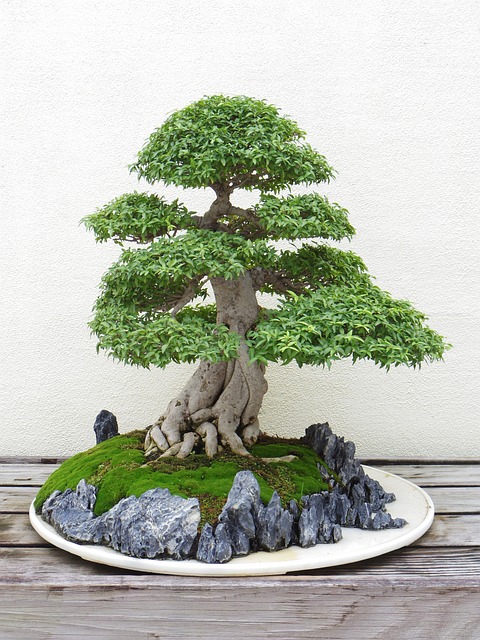
Factors Affecting Bonsai Growth
Cultivating bonsai trees can be a rewarding experience, but it’s important to consider several factors that can influence the ease or difficulty of growing these miniature marvels:
1. Species
One of the most critical factors to contemplate when embarking on your bonsai journey is the choice of species. Some tree species are more accommodating to beginners, making it easier to learn the art of bonsai. Species like the Ficus or Jade are renowned for their resilience and adaptability. They are forgiving of occasional mistakes, making them ideal choices for novices. As you gain experience and confidence in your bonsai skills, you can gradually experiment with more delicate and exotic species.
2. Experience
Your level of gardening experience plays a pivotal role in the success of your bonsai endeavors. For novice gardeners, there might be a steeper learning curve. Key ingredients for success include cultivating patience and a receptive attitude toward learning from your errors. As you continue to care for your bonsai and gain hands-on experience, you will become more adept at understanding their specific needs and nuances.
3. Environment
The environment in which you choose to grow your bonsai trees is another crucial aspect. Climate and location have a significant impact on bonsai growth. Different tree species have varying temperature and humidity requirements. The imperative of choosing species that harmonize with your local climate. For example, tropical species thrive in warmer, humid regions, while others prefer temperate climates. Consider factors like seasonal changes and the potential need for winter protection if you live in an area with cold winters.
4. Commitment
Growing bonsai trees demands a consistent level of commitment and attention. Unlike regular potted plants, bonsai trees are more delicate and require diligent care. Regular maintenance, including pruning, repotting, and watering, is essential to ensure the health and longevity of your bonsai. Make sure you’re prepared to invest time and effort into your bonsai to reap the rewards of a beautifully shaped tree.
Selecting the Right Bonsai Tree
Choosing the right bonsai tree is a pivotal decision in your bonsai journey and to answer, “are bonsai trees hard to grow?”. It significantly influences your success and satisfaction. Here are more details:
Consider Your Climate:
Take into account your local climate and growing conditions when selecting a bonsai species. If you live in a temperate region, you might have more options, but in colder climates, you’ll need to choose a species that can withstand winter.
Hardy Species for Beginners:
As mentioned earlier, beginners are often encouraged to start with hardier species like the Ficus or Jade. Ficus, in particular, is an excellent choice as it is forgiving and can adapt to various conditions. Jade plants are known for their resilience and are less prone to common mistakes.
Research and Experiment:
As you gain experience, don’t hesitate to expand your horizons. Research different species, and when you feel more confident, experiment with more delicate varieties. Each species has unique care requirements, and this diversity can add depth to your bonsai experience.
Essential Tools and Supplies
Bonsai requires a specific set of tools and supplies to ensure the proper care and maintenance of your miniature tree. Here are some details:
Pruning Shears:
Pruning is a critical aspect of bonsai care. High-quality pruning shears ensure clean cuts that promote healthy growth.
Wire:
Wire is used for shaping the branches of your bonsai. It allows you to gently guide the branches into the desired position as they grow.
Pots:
Bonsai pots come in various sizes and styles. The choice of pot should complement the tree’s aesthetics and be appropriately sized for the species.
Specialized Soil:
Bonsai soil is designed to promote good drainage and aeration, preventing waterlogged roots and ensuring the health of your tree.
The Art of Pruning
Pruning is a skill that requires finesse and precision. More details:
Purpose of Pruning:
Pruning serves multiple purposes in bonsai care. It controls the size and shape of the tree, encourages ramification (the development of smaller branches), and removes dead or unhealthy growth.
Pruning Techniques:
Two common pruning techniques in bonsai are maintenance pruning, which maintains the tree’s existing shape, and structural pruning, which shapes the tree as it grows.
Timing:
Pruning is best done during the growing season, typically in spring or early summer. It’s essential to be cautious when pruning to avoid over-cutting, which can harm the tree.
Soil and Pot Selection
The choice of soil and pot can significantly impact the health of your bonsai tree. More details:
Well-Draining Soil:
Bonsai soil should have excellent drainage properties to prevent waterlogged roots. Adequate aeration and water retention are also essential.
Appropriate Pot Size:
The size of the pot should match the size and age of your bonsai. A pot that is too large can inhibit the development of your tree, while one that is too small may restrict root growth.
Repotting:
Bonsai trees need to be repotted periodically to refresh the soil and prune the roots. This should be done when the tree shows signs of becoming root-bound or the soil’s quality declines.
Watering and Fertilizing
Main topic to cover in” Are bonsai trees hard to grow?” Watering and fertilizing are crucial aspects of bonsai care. More details:
Consistent Watering:
Bonsai trees need consistent watering, but the frequency depends on factors like species, pot size, and environmental conditions. Water when the top layer of soil starts to dry out, ensuring the roots remain moist but not waterlogged.
Fertilization:
Bonsai trees should be regularly fertilized during the growing season. Use a balanced, water-soluble fertilizer to provide essential nutrients for healthy growth.
Sunlight and Temperature
The right environment is vital for bonsai health and development. More details:
Sunlight Requirements:
The majority of bonsai trees flourish in well-lit, indirect sunlight. However, the specific light requirements can vary by species. Some need more direct sunlight, while others prefer shade.
Temperature Considerations:
Bonsai species have varying temperature preferences. Ensure your tree is well-suited to your local climate and provide protection during extreme weather conditions.
Pest Control
Pests and diseases can threaten your bonsai’s well-being. More details:
Vigilance:
Regularly inspect your bonsai for signs of pests or diseases. Detecting issues early is essential for effective control.
Treatment:
If you notice pests or diseases, take appropriate action. This might involve pruning affected areas, using insecticidal soap, or repotting in fresh soil to eliminate issues.
Patience and Time
Bonsai is a testament to patience and time. More details:
Development:
Bonsai trees require years, even decades, to develop their distinctive shape and character. Rushing the process can result in disappointment. Find joy in the journey of caring for your tree
Training:
Shaping and training your bonsai involves gradual adjustments over time. This art requires a long-term commitment and a willingness to adapt to the tree’s changing needs.
Common Mistakes to Avoid
Are bonsai trees hard to grow? One main aspect is to ensure the health and vitality of your bonsai, it’s essential to be aware of common mistakes. Here are additional details:
Proper Watering:
Overwatering can lead to root rot, while underwatering can cause stress to the tree. Find the right balance and water according to your bonsai’s specific requirements.
Pruning Awareness:
Avoid over-pruning, which can weaken your bonsai. Always prune with care and precision, focusing on maintaining the tree’s natural appearance.
Sunlight Requirements:
Ignoring your bonsai’s light needs can result in stunted growth or poor health. Provide the right amount of light, and if necessary, rotate the tree to ensure even growth.
By paying attention to these details, you can enhance your bonsai growing experience and nurture healthy, beautiful trees and get answer “are bonsai trees hard to grow?”
Conclusion
In conclusion, are bonsai trees hard to grow? bonsai trees may pose challenges for newcomers, they are not inherently hard to grow. With the right knowledge, dedication, and a willingness to learn from mistakes, cultivating these miniature marvels can be a rewarding and fulfilling endeavor.
FAQ
How often should I water my bonsai tree?
The frequency of watering depends on the tree species and environmental factors. Generally, you should water when the soil starts to dry out.
Do bonsai trees have a specific lifespan?
Bonsai trees can live for decades or even centuries with proper care.
Can I keep a bonsai tree indoors?
Some bonsai species can thrive indoors, but most benefit from spending time outdoors.
Are there any specific cultural or spiritual aspects associated with bonsai trees?
Bonsai trees have deep cultural and spiritual significance in Japan, where they symbolize harmony and balance.



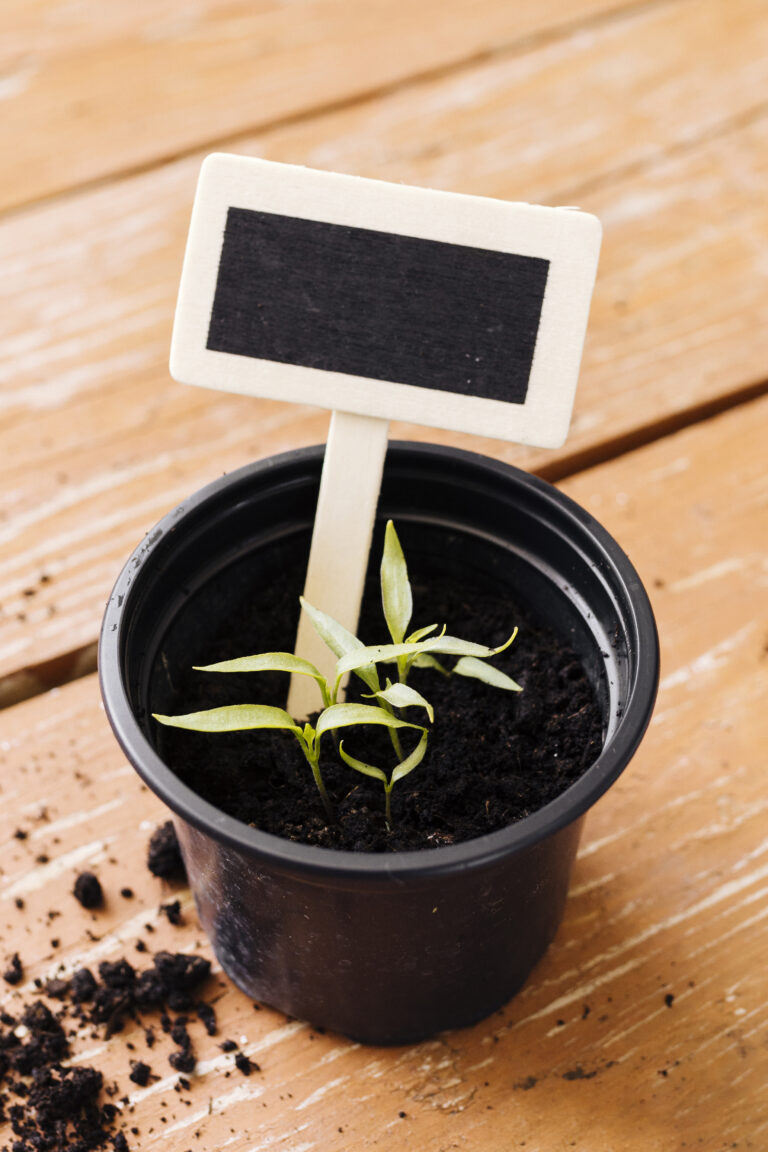

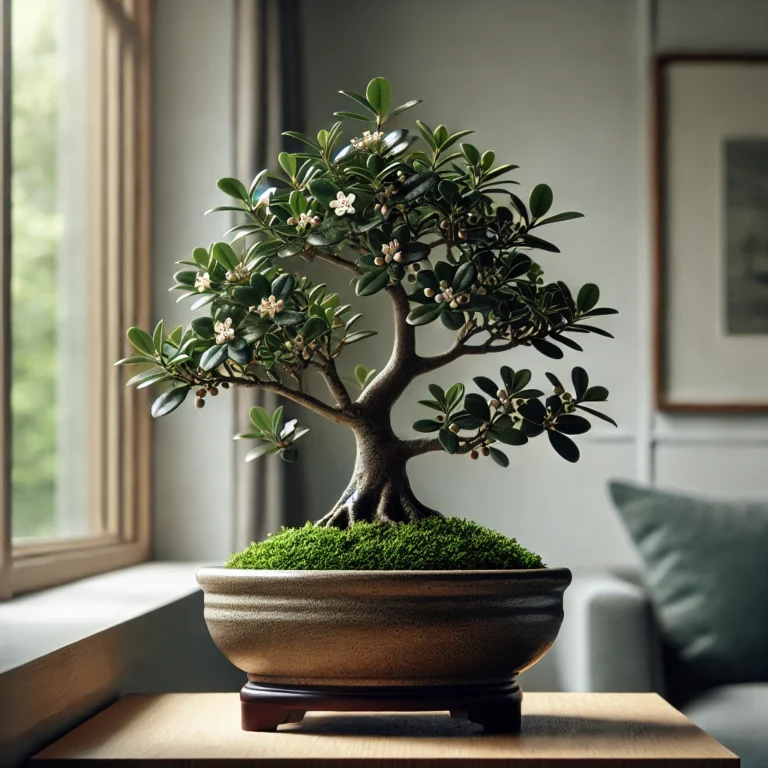
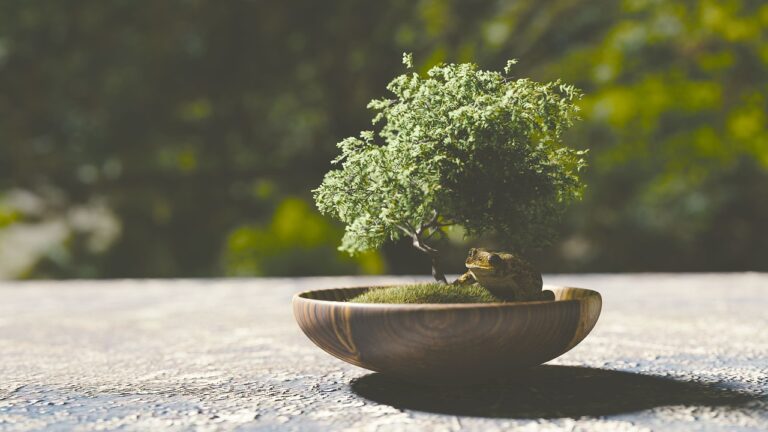
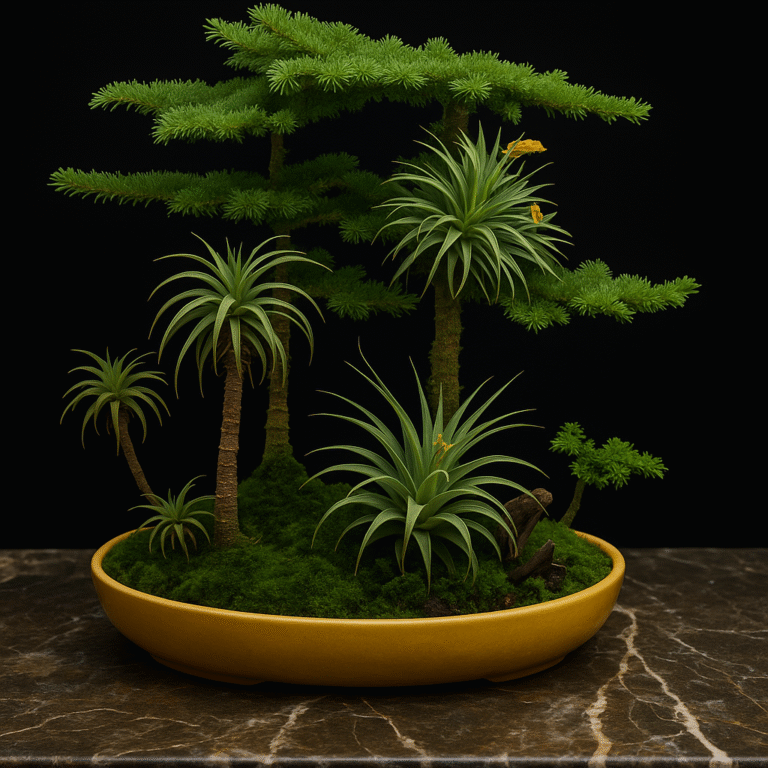
2 Comments